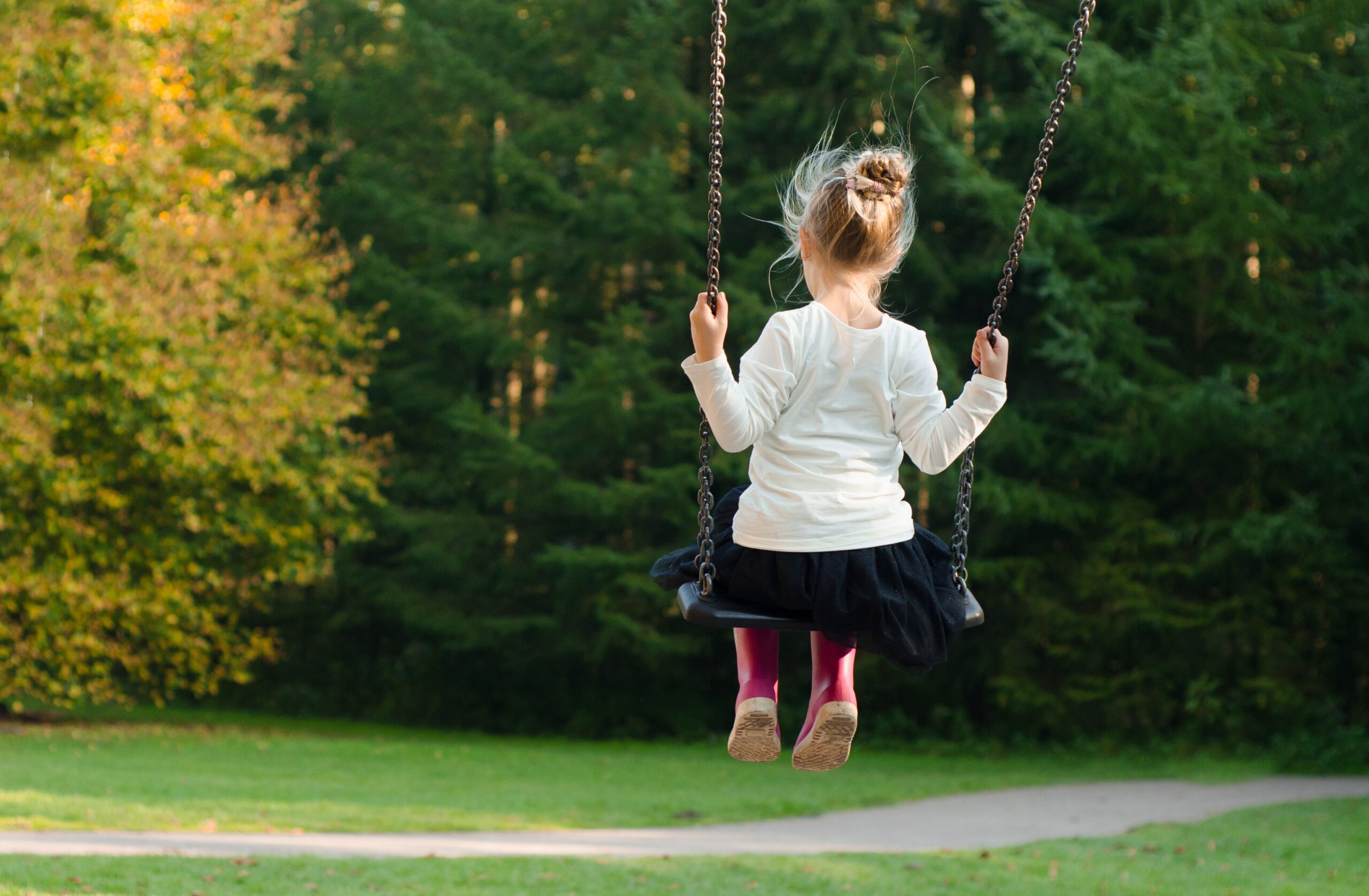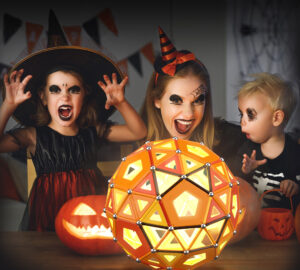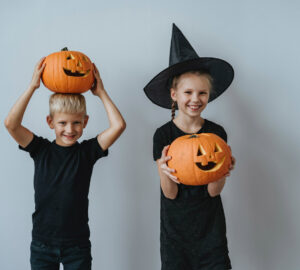I was an anxious kid. No one can point to one thing that caused it, exactly. There were a variety of factors: my disposition (smart and sensitive), my DNA (anxious mother and grandmother) and my environment. My anxious mother didn’t just hand down her genes; she created (albeit unintentionally) a volatile home life that spawned my need to control … everything.
My panic attacks started when I was six years old, but I wasn’t diagnosed with anxiety until years after my calls to a suicide hotline from my college dorm room. While I was convinced I was alone in my struggle, which added to my sense of isolation, I was completely wrong. According to the National Institute of Mental Health, 25% of kids 13-18 years old have anxiety disorders.
Like most kids, I had experienced a certain amount of “normal” anxiety. Things like exams, dating, public speaking or sports events will trigger our fight-or-flight response, flooding the body with stress hormones, making our hearts race and palms sweat.
But when children show something more chronic than a normal anxious response, parents should take a deeper look. But beware the various hurdles that come with uncovering and managing mental health issues.
One is the stigma that still exists in our society around mental illness. It’s easier to come to terms with a diagnosis of a physical illness that can be clearly identified and treated by a doctor; a treatment plan is put into place and everyone has a clear role. Generally, the parent is not blamed. But mental health problems can be more difficult for parents to both recognize and digest.
Parents might hope that an attack, episode or bad week is an isolated incident and leave it at that. They might also blame themselves, and the shame may be too much to bear. They might also struggle with the idea that their child has a condition they can’t understand or help with.
I know two teenage siblings, for instance. One has a bone disease that required several surgeries and rods inserted into his leg; the other suffers from anxiety and depression. Friends and family frequently ask about the child with the rods and admire his courage in functioning in the face of such physical pain and obstacles. Meanwhile, they ask less about the sibling with mental illness, mostly when others aren’t around, or in whispers and private messages. I often wonder, who are the brave ones here? Society seems to tell us it’s the child with the physical illness and the parents of the child with mental illness. Somehow anxiety and depression pushed bravery aside, as if they can’t coexist in the same person.
What to look for…
Anxiety can manifest in young people in a variety of ways.
· Physical symptoms: Young people may suffer panic attacks, sleep disruption, GI issues, chronic headaches, fatigue.
· Personality tendencies: Both overachieving and underachieving can signal anxiety. The overachiever will adopt perfectionism and control issues because pressure is growing both externally and internally. They internalize unrealistic expectations; have a hard time accepting grey areas; and always need to know the schedule, the rules and the consequences. The underachiever will disengage, failing ahead of time to relieve internal and external pressure. They are critical of achievers, adopt low expectations, and live in the grey. They break rules to break free, disregarding the long-term consequences. These two extremes are flip sides of the same coin.
· Anxious and compulsive thoughts: These are harder to recognize. They may be the only symptom and are easy to hide. Your child may be afraid to share them, fearing they will be labeled as “crazy,” or, alternatively, may think everyone feels like they do. They also may try to control the thoughts on their own, which will create even more stress. Both the overachieving and underachieving mentioned above are triggered by anxious thoughts.
· Social effects: Young people may avoid and retreat from social situations such as school, sports, extracurricular activities, and friends. This isolation relieves both the external pressure to perform and the internal pressure to keep their symptoms hidden.
What you can do…
· Help them communicate: Provide a vocabulary to effectively communicate how they are feeling. More often than not, when asked “Are you okay?” a child in this condition will just say “I’m fine.” Children and young adults struggle with expressing anxiety or depression because they have little to no experience with what they are feeling. Offer them words that will help paint a picture for you, such as:
o Are you feeling stressed out? What are some thoughts you have during the day that stress you out the most?
o Do you feel under pressure? From where? School? Sports? Friends?
o How does it make your body feel? Tense?
o Are you sleeping okay? What do you think about when your head hits the pillow?
o Do any of your thoughts scare you?
· Create a safe space: Let them know they can share their thoughts and feelings no matter how scary they may seem. Remind them that there is no judgment or consequences to communicating them and that you are in this together to help them feel better.
· Help them identify pressure points: Pinpointing the source of their stress can help identify a false narrative they may have created, alleviate unrealistic expectations and facilitate setting healthy goals and boundaries.
· Be brave: Don’t be so afraid of being identified as part of the problem that you can’t be part of the solution. The reality is that the first question a doctor or teacher will ask when a child appears anxious or depressed is “What is going on at home?” It’s a fair question. Be brave enough to examine your possible role.
· Reassure them: Share the statistics about anxiety so they understand how prevalent it is, even though everyone in their school or on social media appears fine. Emphasize that it is not their fault and that they shouldn’t feel like they should be able to control it on their own.
· Analyze their crutches and self-medication: Young adulthood is a time of experimentation with alcohol and drugs, which can be a slippery slope when combined with mental health struggles. Managing the symptoms with natural remedies like meditation, self-awareness, cognitive-behavioral therapy, coaching and coping skills, to start, can alleviate the need to numb their discomfort.
· Identify an outlet: Their anxiety is a primal survival instinct that has become overstimulated. Creative, artistic work for the mind and physical activities to metabolize the anxious energy building up in the system will give the symptoms an outlet.
· Educate yourself and your child: Learn what is happening on a physical and psychological level when the child is overstimulated and their thoughts trigger their fight-or-flight response or even a panic attack. When they understand that their brain is doing exactly what it’s been programmed to do to survive, they won’t feel fundamentally broken and this will alleviate their fear of feeling anxiety or dying from a panic attack. This is how your child can begin to regain control.
The goal is not to remove all anxiety from your child’s life or banish their mental health issues to the shadows. The goal is to create a safe space for them to learn about what is happening in their mind and body, help them manage their fears and thoughts around them, remove unrealistic expectations and give them time to rest and reset if necessary so they are able to reflect and reveal their true nature as children.

About the Writer
www.WendyTamisRobbins.com
Wendy Tamis Robbins
Wendy Tamis Robbins, author of The Box: An Invitation to Freedom from Anxiety, is a lawyer by day, writer by night, and a “professional panic attacker.” Despite near-crippling anxiety, she worked her way through Dartmouth College and law school before, in her 30s, she set her mind to overcoming the anxiety and panic attacks that increasingly limited her life. For the past 20 years she has worked in corporate finance, creating and preserving affordable housing and lending to underserved communities.









